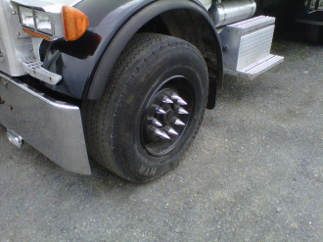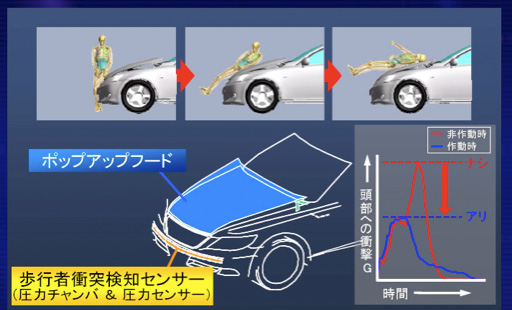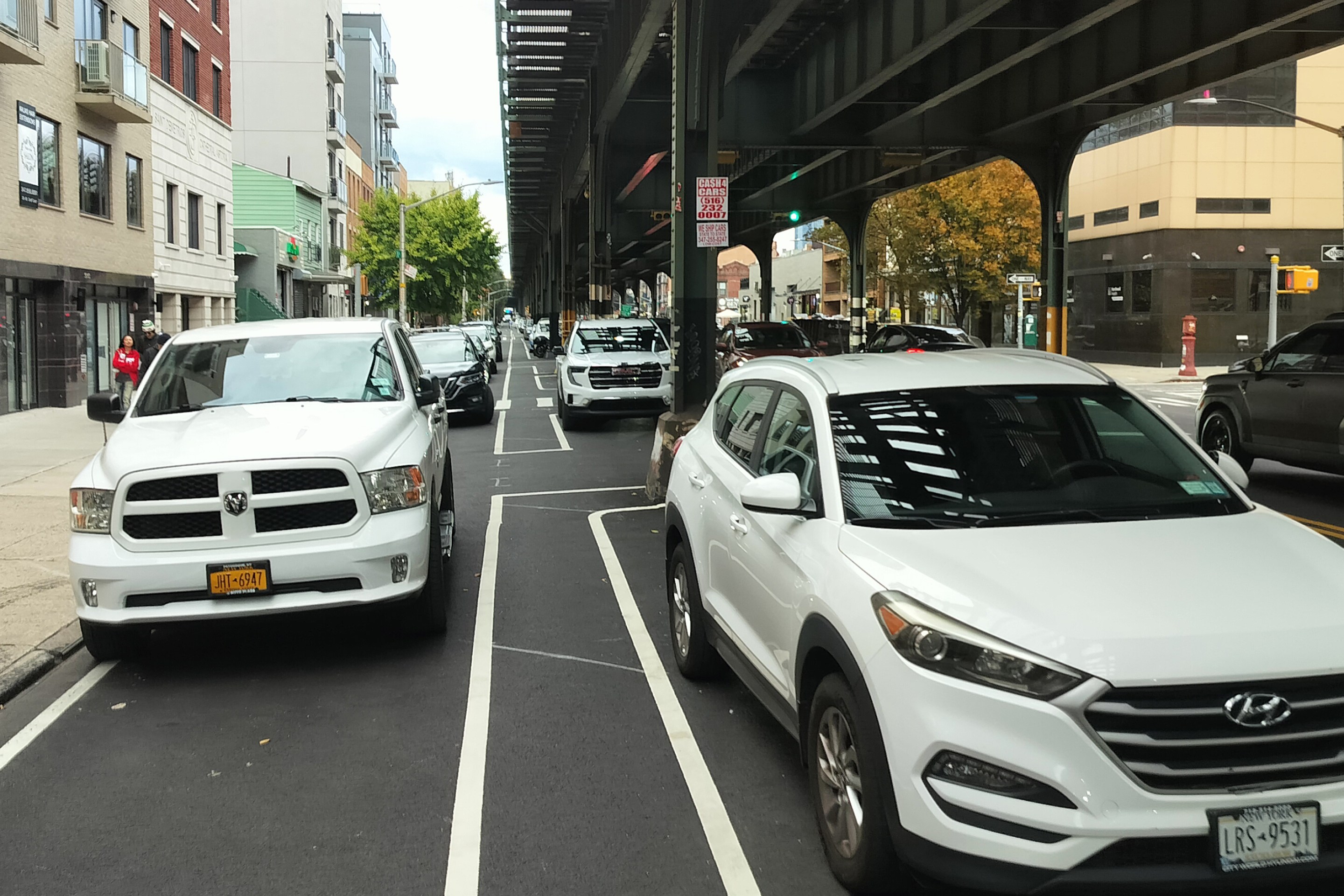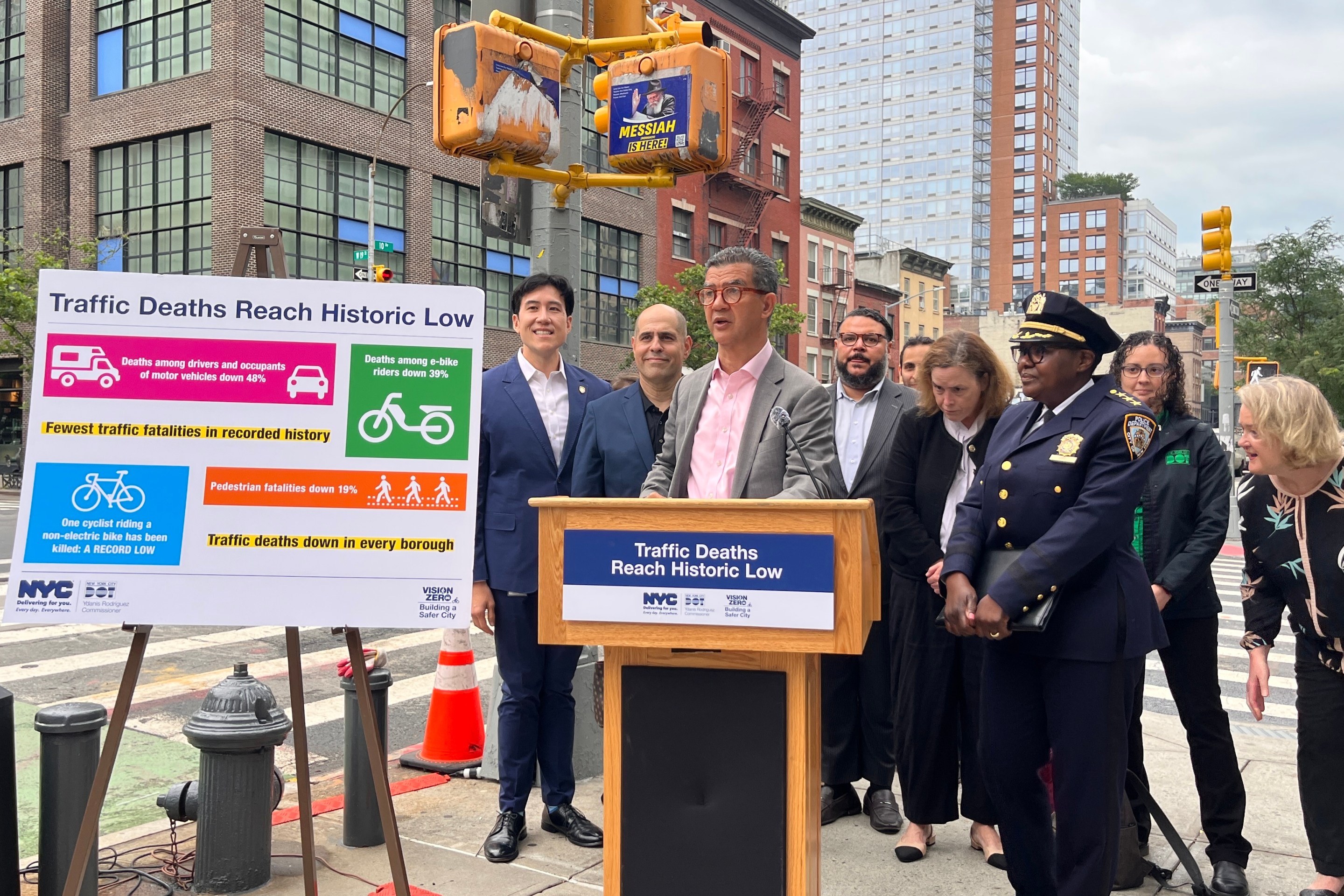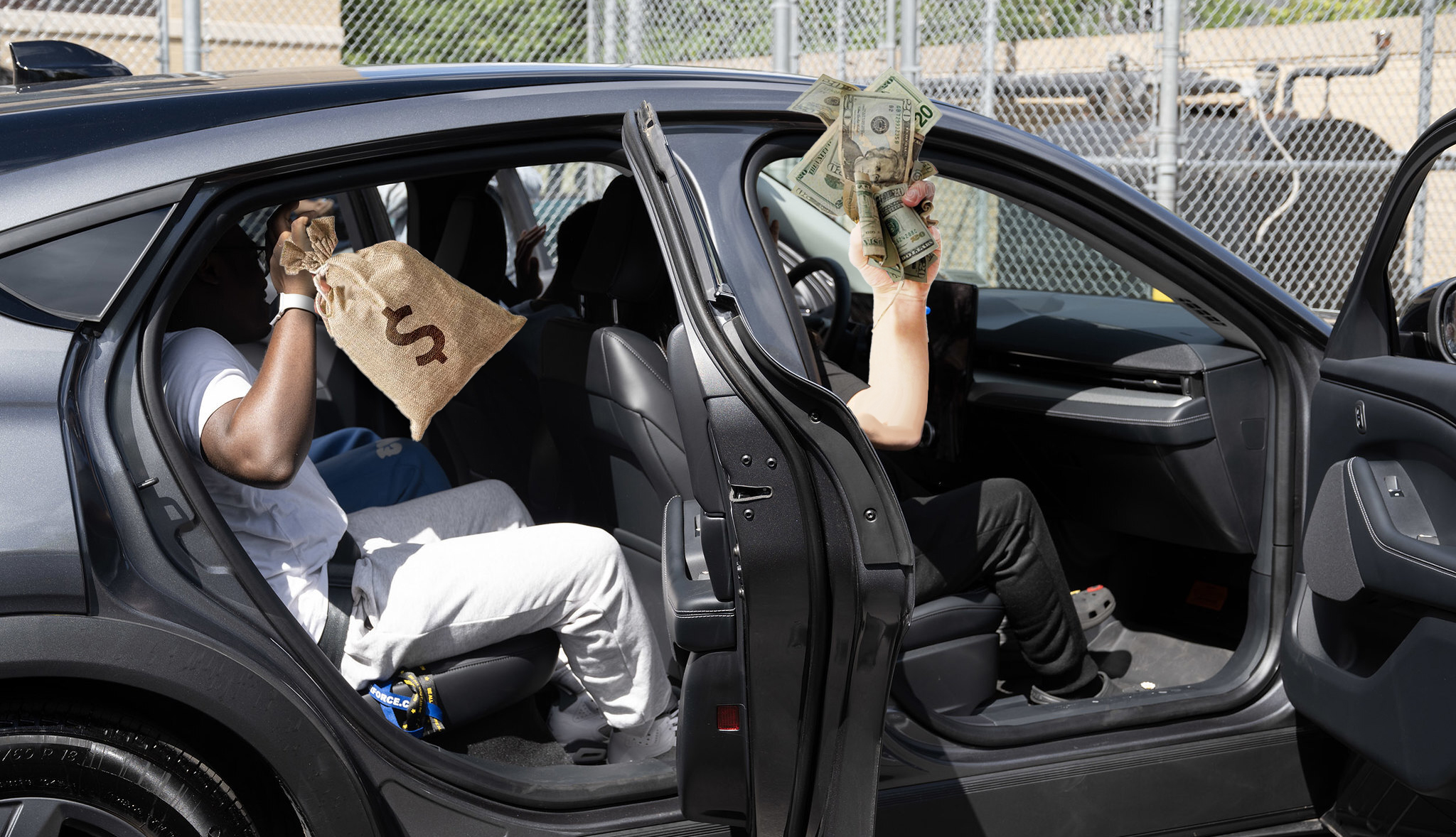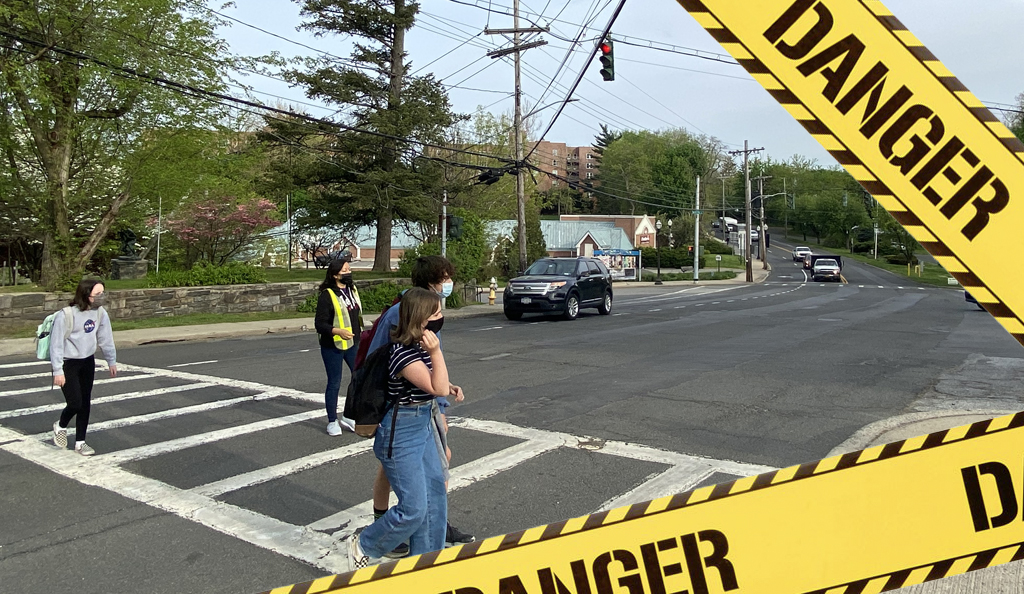
The U.S. auto industry presents a striking paradox. On the one hand, manufacturers design and engineer for passenger safety, incorporating features such as airbags designed to protect passengers even in the face of serious human error. On the other, manufacturers almost entirely disregard the safety of pedestrians, cyclists, and other motorists who foreseeably will be struck by their vehicles.
One might assume that this disregard for the safety of third parties is based on a legal principle that the manufacturer is responsible only for the safety of its customers. But in fact, auto manufactures have been liable to third parties since 1916, when renowned Justice Benjamin Cardozo wrote one of his most influential decisions, MacPherson v. Buick Motor Company.
In MacPherson, Buick had manufactured a defective vehicle that caused injury to the driver, who then sued Buick. Buick didn’t defend on the ground that its product was safe. Buick instead relied on what was at that time an ironclad principle of law: that the manufacturer of a product had no duty to look after the safety of any person other than the product’s purchaser (the driver had purchased the car from a dealer, not Buick directly).
Cardozo rejected Buick’s defense as an outmoded vestige of the pre-automotive era. “Precedents drawn from the days of travel by stage coach do not fit the conditions of travel today,” he wrote. The “needs of life in a developing civilization” required that an auto manufacturer exercise care for the safety of any person foreseeably put at risk by its product.
Why, then, aren’t auto manufacturers held responsible for the harm their vehicles cause to non-passengers? Sometimes they are. In the 1972 decision in Passwaters v. General Motors, the court considered a claim brought by a motorcycle passenger who was injured by the unusual hubcap of a GM vehicle, which had “unshielded metal flanges or flippers which protruded outward. These spun when the wheel rotated rapidly.”
Drawing on the principle in MacPherson that the foreseeability of harm imparts a duty, the Passwaters court concluded:
...the unshielded operation of propeller-like blades on the four wheels of an automobile create[s] a high risk of foreseeable harm to the general public. The use of the highways by pedestrians, the frequency of travel by unprotected persons riding on bicycles, motorbikes and motorcycles is a common occurrence. We think it now settled that a manufacturer does have the responsibility to avoid design in automobiles which can reasonably be foreseen as initially causing or aggravating serious injury to users of the highway when a collision occurs.
How is it that 40 years after Passwaters, automobile manufacturers continue to design hubcaps like this one, that I happened to come across recently in Greenpoint?
If this truck were to injure someone today, we would expect the manufacturer to be held liable, just as in Passwaters. But what about more conventional vehicle designs? Is the front end of a sedan, unadorned with “Mad Max” accessories, also unreasonably dangerous?
Given technological advances of the last 10 years, the answer is yes. The most common cause of pedestrian death in motor vehicle collisions is blunt impact trauma from the victim’s head striking the engine block through the hood of the vehicle. External airbags and other devices to cushion the head from the engine block have been developed, tested, proven to reduce fatalities, and have gone into mass production in Japan and Europe.
For example, Toyota (and reportedly now Jaguar and Citroen as well) uses a technology in which a pedestrian collision triggers jacks, raising the hood so that the victim’s head does not hit the engine block:
As shown in the graph, this pop-up hood design halves the peak force of the blow. This has been shown to reduce the likelihood of fatality from head trauma.
So from today’s perspective, and in light of the alternative designs available, a conventional front-end design is unreasonably dangerous. Like blades or spikes on a hubcap. Why is it that auto manufacturers incorporate safety features like these into the vehicles they sell overseas, but not in the U.S.?
Because we let them. While European cars are routinely rated on pedestrian safety, U.S. auto regulators appear to ignore pedestrian safety. Personal injury lawyers have been slow to recognize the significance of new technologies, and have shied away from the cost of pursuing novel claims against well-funded auto manufacturers. And unlike Justice Cardozo, today’s judges may be so inured to traffic violence that they fail to recognize that auto designs once considered reasonably safe are no longer so. As we did in 1916, it’s time to take a fresh look and evolve our standards of street justice to meet the “needs of life in a developing civilization.”
